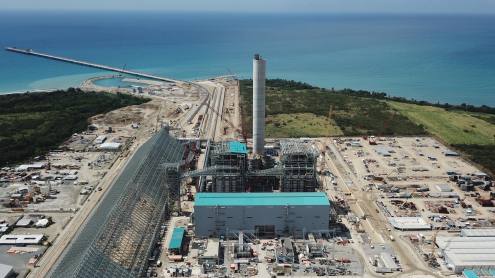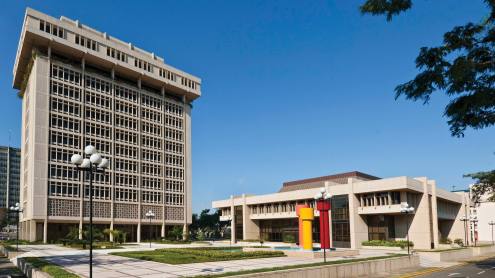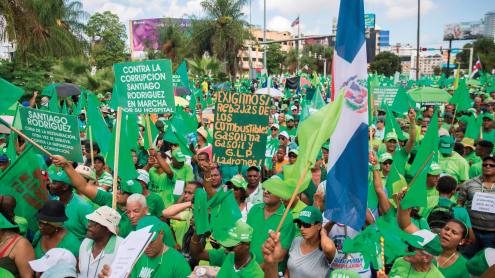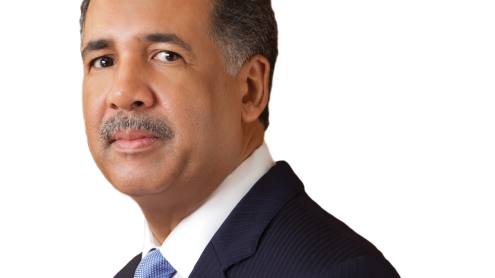The Dominican Republic will see the fastest economic expansion in the Americas in 2018, keeping up a growth run that began more than a quarter century ago.
Despite a souring global outlook, the World Bank and the International Monetary Fund (IMF) have increased their forecasts for the country in 2018. Earlier in the year, the World Bank estimated growth at 5.8%, while the IMF, in a report released in early October, forecasts growth increasing by 6.4%, the strongest in Latin America and the Caribbean. Inflation was 3.8% through to August and is forecast to remain within the 1% to 4% target band.











